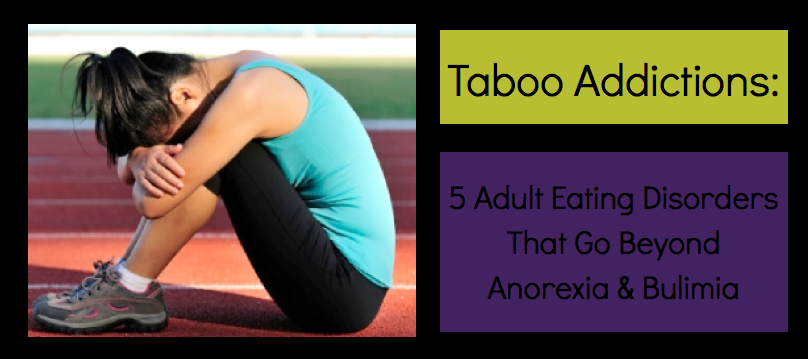Eating disorders are often times associated with specific races, age groups, and even career choices…think white teenage actress/models. But the truth is that eating disorders do not discriminate. According to theNational Eating Disorder Association, 10 million American women suffer from eating disorders. This is not a Black v. White epidemic, and it certainly does not only apply to those experiencing puberty. When theUniversity of North Carolina’s Eating Disorders Program was initially designed in 2003 they expected most of their patients to be adolescents, however today they report that 50% of their patients are over 30-years-old.
Discipline v. Disorder
As we as women get older our lives evolve and so do our stressors and triggers. Couple this with the fact that nearly 40% of American women are on a diet, the door of an eating disorder can easily be nudged open. How can you spot the difference between a disciplined eater and someone who has a full-fledged illness? Well a relationship with ED (eating disorder) is incredibly complicated, and while the myriad of symptoms can range from self deprecating comments, wild mood swings, and obsession with food- the biggest warning sign is extreme change. Have you or a friend gone from a burger loving lady to a strict vegan over night? Or has fitting into or not fitting into your favorite jeans completely ruined or made your day? It might be time to get help.
Beyond Anorexia & Bulimia
While anorexia (immoderate food restriction and irrational fear of gaining weight, as well coupled with distorted body self-perception) and bulimia (binge eating immediately followed purging) are usually the first two disorders that come to mind when thinking of disordered eating there are several others that are just as serious and therefore worth exploring. Keep reading to see if you or someone you may know may be suffering from one of these five “new disorders.”
1. Orthorexia
A fixation with healthy or righteous eating and the avoidance of foods that have been deemed “unhealthy.”
Orthorexics often eat only organic foods, eliminate entire food groups or refuse to eat anything that is not pure or natural. While striving to be thin may not be their goal the obsession with good health and fear of bad health are their driving factors. The danger: malnourishment.
2. Pregorexia
Extreme dieting and exercising while pregnant to avoid the traditional weight gain that comes along with pregnancy.
Doctors recommend that the healthy amount of weight a woman should gain during pregnancy is 25 to 35 pounds. Fear of this can lead to various complications for both the mother to be and new baby. Pregorexics run the risk for depression, anemia, and hypertension, while the malnourished babies are often miscarried or born with birth defects.
3. Binge Eating
Compulsive overeating, often to deal with negative emotions or stress.
Binge eaters often consume large amounts of food very quickly until they are uncomfortably full. By eating in secret in order to mask the shame and guilt associated with this disorder, binge eaters are not always overweight. However no matter what the weight of this suffer may be, the health related problems of this yo yo relationship with food has extreme consequences.
4. Anorexia Athletica
An addiction to exercise.
Using exercise as a tool to “eat whatever whenever,” is a major warning sign of anorexia athletica, however other signs include working out well beyond the general requirements of good health or extreme feelings of guilt and anxiety around missed workouts or failure to maintain a rigorous routine. This form of purging can lead to physical injuries, fatal cardiac problems and depression.
5. Drunkorexia
Restricting food intake in order to reverse those calories for alcohol and binge drinking.
While alcohol and food consumption should go hand in hand when it comes to moderating alcohol absorption, drunkorexics exhibit behaviors that save calories in favor of booze and the avoidance of weight gain. This decision can be dangerous since it can lead to alcohol poisoning, uninhibited sexual behavior and both heart and liver diseases.
You Are Not Alone. Here’s Help.
No matter how disordered eating may be classified in your life or the life of a friend, the first and most important step is to seek outside help. Eating disorders are illness and require appropriate professional help, so for more information on how to prevent and recover from eating disorders visit the National Eating Disorder Association.
In addition to this, the road to recovery from any addiction is a daily journey. I recently came across a groundbreaking new mobile app called DTOX and was vey impressed with it’s ability to allow people to monitor their daily success of overcoming a food addiction. The app tracks the number of days the person has overcome their food addiction with a digital clock feature, giving them a visual to be proud of. There is also a community feature that allows users to connect with customized support groups for encouragement as they succeed in overcoming their obstacles with food and self-image. Check it out here: DTOX


No responses yet